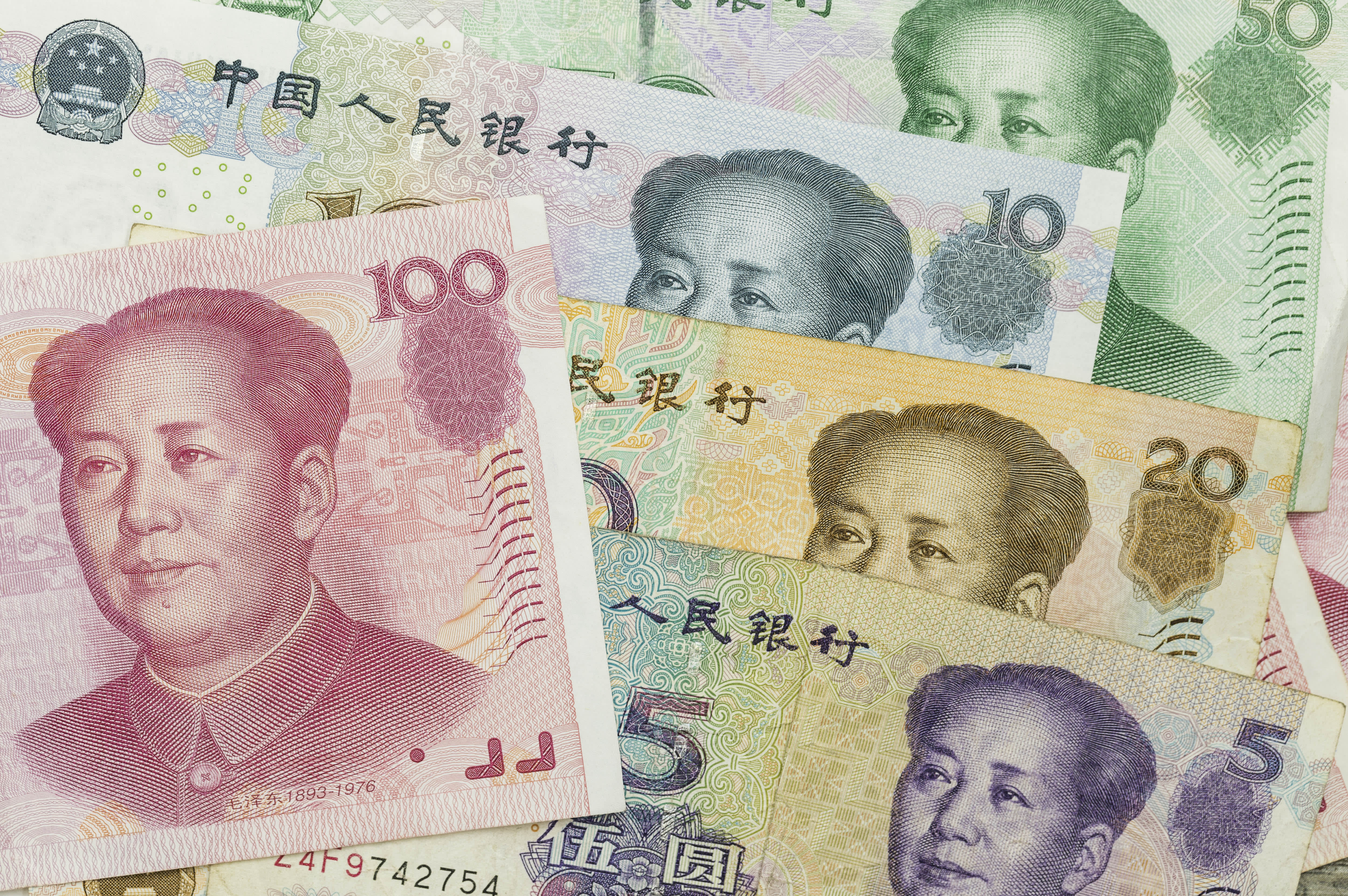China’s factory activity expanded for a third-straight month in January, a private-sector survey showed on Thursday, helped by the first expansion in new export orders in seven months.
Thursday’s print though, extended a divergence from official data that points to the patchy growth in the world’s second-largest economy and underscores the need for policy support.
The Caixin China manufacturing purchasing managers’ index was 50.8 in January, according to a release on Thursday, after also coming in at 50.8 in December. Economists expected the reading to hit 50.6, according to a Reuters poll. The 50-point mark separates expansion from contraction.
China’s National Bureau of Statistics released data Wednesday that showed the country’s official manufacturing PMI coming in at 49.2 in January, a fourth consecutive monthly contraction — compared with 49 in December.
“Overseas demand picked up slightly with new export orders expanding for the first time in seven months. Surveyed companies reported that the largest output increase was in investment goods, while the improvement in external demand was mainly seen in intermediate goods,” Wang Zhe, senior economist at Caixin Insight Group, said in Thursday’s release.
The divergence has largely been attributed to the differences in the survey samplings. The Caixin manufacturing PMI surveys around 650 private and state-owned manufacturers that tend to be more export-oriented and located in China’s coastal regions, while the official PMI surveys 3,200 companies across China.
Employment and price pressures
Still, there are some similar trends identified in both surveys.
Employment in China’s manufacturing sector trended down in the official survey released Wednesday as in the Caixin survey.
“Employment continued to decline. Cutting costs and improving efficiency remained companies’ top concerns, so the upturn in market activity failed to fully translate into new jobs,” Wang said.
“The labor market shrank in January for the 10th time in the past 11 months, though less drastically than in the previous month. Despite continued staff cuts, companies were able to reduce backlogs of work, with the gauge dipping moderately,” Wang added.
China has also been teetering on the verge of deflation for the last nine months, with producer prices declining for at least a year now.
“Price levels remained weak. Increases in input costs were limited due to the slight increase in raw material prices. The measure for input costs hit the lowest level since August.” Wang said.
“Output prices were even weaker, as growing market competition constrained companies’ bargaining power, pushing the gauge back into contractionary territory,” Wang added.
Source: CNBC

